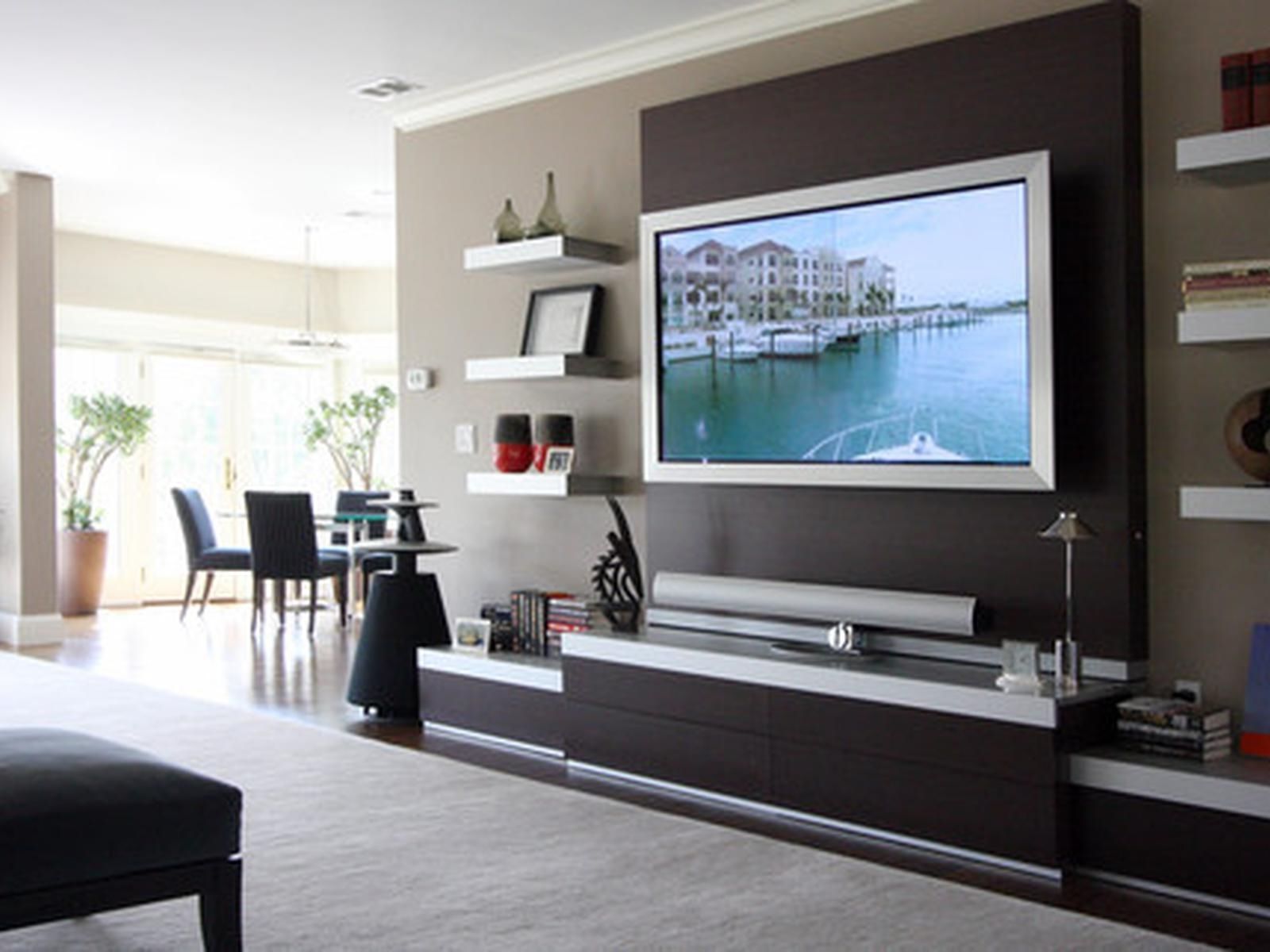


It has 2 HDMI ports, 1 USB port, 1 AV port.Īll these LED TVs offer HDMI port with varying contrast ratio. If you have a bit more to spend and want more convenience, you can also go for the LG 28MT49, a 28-inch LED TV that also function as a monitor. LG 26LJ500, a 26-inch LED TV boasting of full HD performance, 2 HDMI ports and 1 USB port. The best LCD TVs can create very bright, vivid images.Some good examples are the LG 24MT17SD, a 22-inch full HD TV. Some of these sets also include local dimming, but it tends to be less effective than in sets with full-array backlights.

Other sets are edge-lit, with the LEDs positioned on the sides of the screen. Typically, only pricier TVs have full-array backlights with local dimming. We’ve found that Mini LEDs can help improve contrast and black levels, and reduce halos around the edges of bright objects displayed against a dark background. Some newer sets have Mini LED backlights, which use a large number of even smaller LEDs that can be divided into more zones and locally dimmed. These models include a feature called local dimming, which divides the backlights into zones that can be dimmed or illuminated separately, depending on the scene. While they generally can’t deliver OLED-like black levels, they get better every year, especially models that use full-array backlights, where the LEDs are spread across the entire rear panel instead of just along the edges. (CR has conducted side-by-side testing of OLED and QD-OLED TVs.) And this year LG, which makes OLED TVs using a different technology (called WOLED), is promising to boost brightness on its best models.īut most TVs are LCD sets. Last year Samsung and Sony introduced a new type of OLED TV, called QD-OLED, that can produce a brighter overall image. OLED TVs also have essentially unlimited viewing angles, so the picture still looks great even if you’re not viewing the screen head-on. OLED sets do a great job of displaying the blackest parts of an image, so the deepest shadows can really look black, as in real life, rather than gray. Before you dive into the individual models, it pays to understand the two basic technologies used in today’s televisions: LCD TVs (also called LED TVs for the LED backlights that illuminate the screen) and OLED TVs, where each pixel generates its own light.


 0 kommentar(er)
0 kommentar(er)
